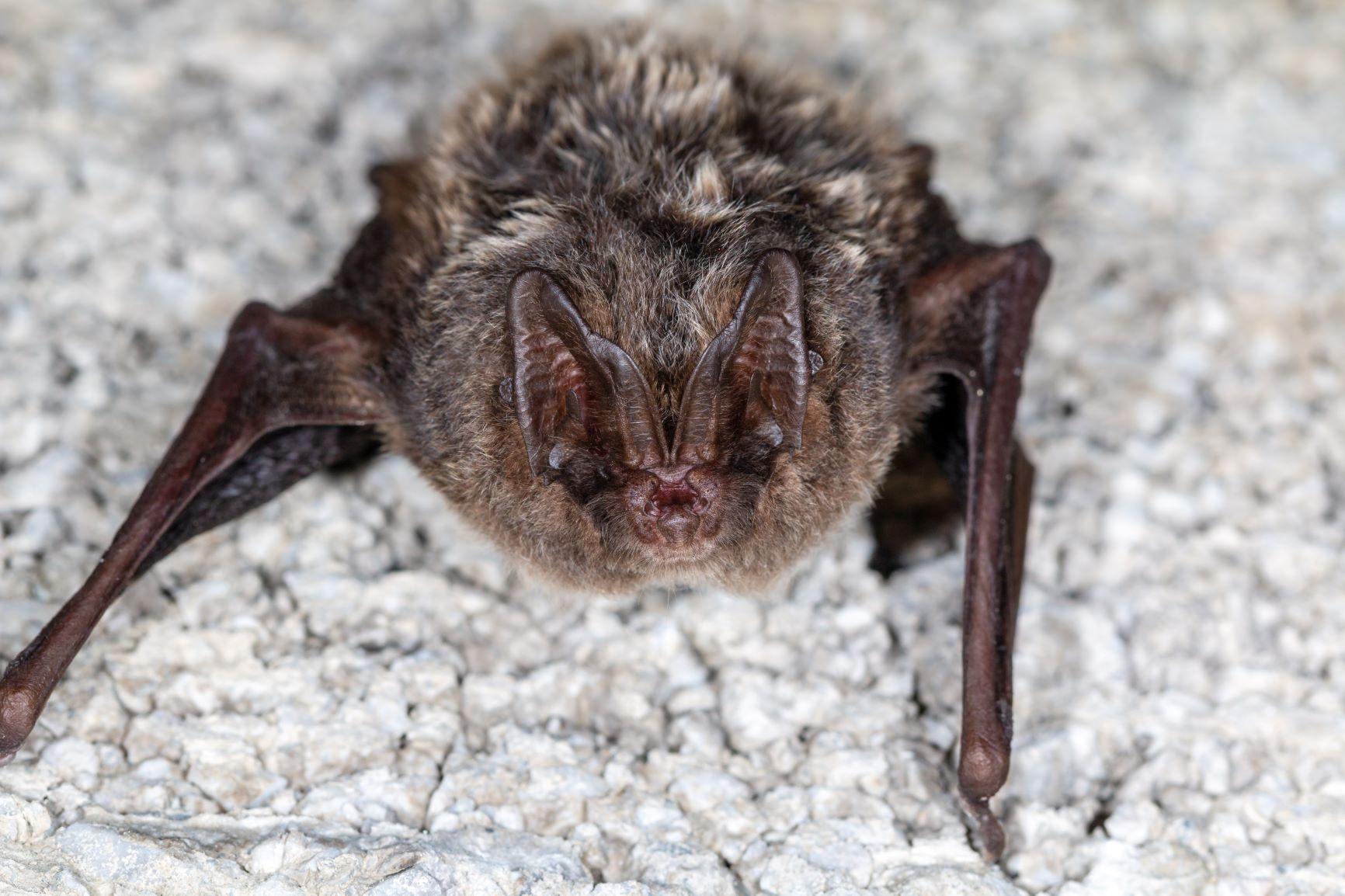
Breeding
Mating happens in the autumn but the pregnancies can be delayed until the bats form maternity roosts in the spring. Females give birth to two pups in July.
Where do they live in the Forest?
They live in the deciduous woodland around stream and ponds.
Natural predators
Birds of prey.
Spotting tips
These bats are rare but they can be seen hunting over water or wet meadows at dusk.
Not to be confused with
These bats are distinctive and are not easily confused with other species.
Conservation status
Protected in the UK under the Wildlife and Countryside Act, 1981. Barbastelles are listed as a priority species on the UK Biodiversity Framework. They are also a European Protected Species through the European Habitats Directive.
How you can help
One of the biggest threats to Barbastelles is the reduction in prey due to pesticide spraying. One way you could help is to become a Friend of the Forest and support our work creating and maintaining habitats for wildlife.



